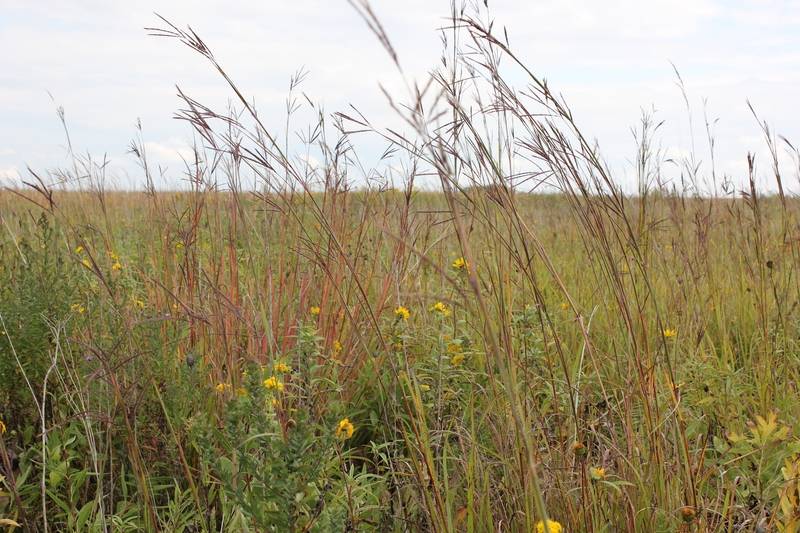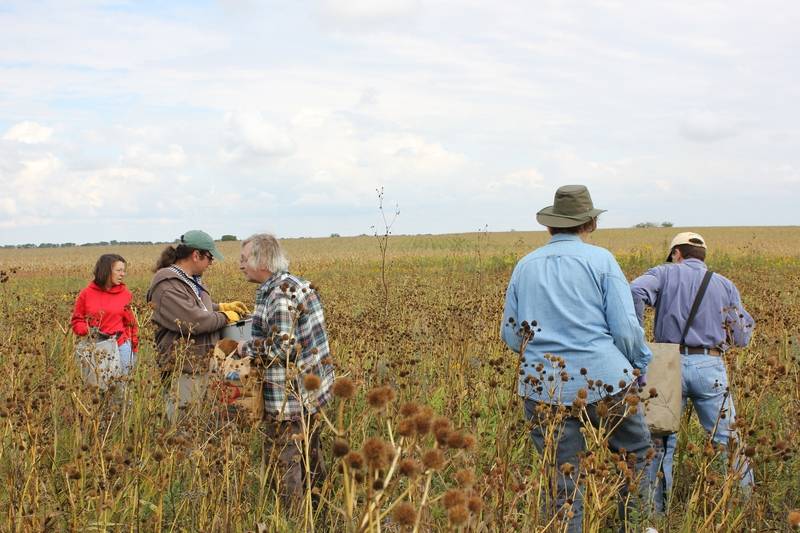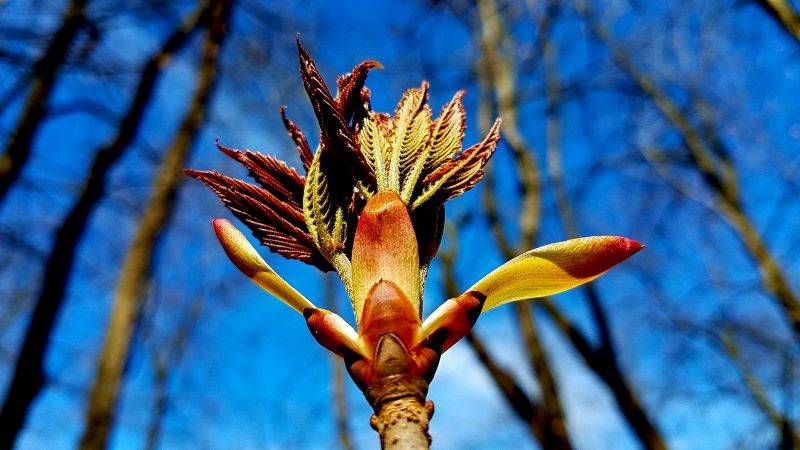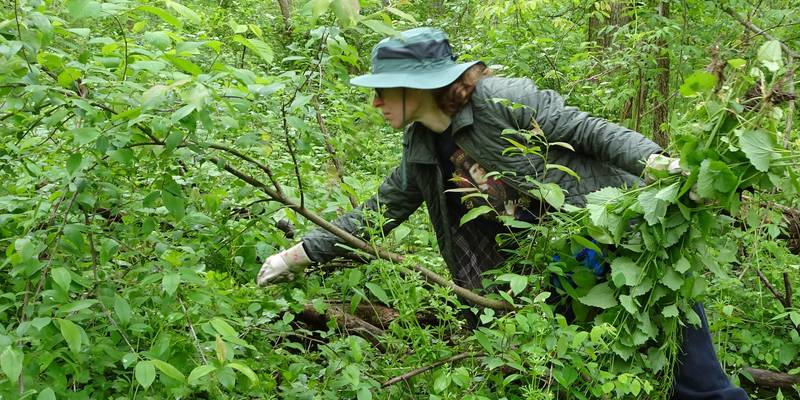Becoming an environmentally conscious person goes beyond reducing, reusing, and recycling, though these are obviously important practices. This installment of Environmentally Conscious in C-U takes a look at how the practices involving the natural spaces in our community and surrounding areas contribute to environmental sustainability as well as create an overall beautiful place to live.
The East Central Illinois Master Naturalists (ECIMN) are a group that is committed to doing just that. According to their website, “The Master Naturalist program provides opportunities for adult volunteers to learn about their state’s natural history, environment, and conservation issues. Master Naturalist programs promote nature-based community service by citizen volunteers and provide continuing education opportunities.” Programs such as this exist in more than 45 states, and our local chapter is coordinated by University of Illinois Extension. It’s supported by both local park districts, as well as the Champaign County Forest Preserve District .
John Bergee is the president of the East Central Illinois Master Naturalists, and he’s always had a connection to nature. “I grew up in the Quad Cities between the Rock River and the Mississippi River, and there were lots of woods adjacent to my house. I always enjoyed exploring the woods with my dogs, and my family overall appreciated nature.”
After coming to the University of Illinois to study architecture, then settling here for work, he found the group, which he says encouraged his “curiosity to know more” about the science of the natural environment that surrounds us. “The Master Naturalists mission is one that I really believe in. I want to see the program expand.”

There are numerous projects the ECIMN are involved in, but natural area restoration in local parks and forest preserves — the prairie at Meadowbrook is one example — ranks pretty high. “Not only for aesthetics for people to appreciate the natural landscape that used to be here, but it’s also for the flora and the fauna. Pollinators need these habitats. Restoring these areas is beneficial.” The group works on practices such as removing invasive species and harvesting seeds to expand the prairie.
Ryan Pankau is a horticulture educator for University of Illinois Extension, and he helps oversee the ECIMN program. He stressed the importance of the program’s volunteers. “I can’t even express how dedicated these folks are. They are out there volunteering to do all these tasks to maintain our ecosystems.”
ECIMN volunteers go through a lot of training so that they are well-prepared to take on that work and the added task of educating others in the community. “We give them a training course that runs all through the fall, then they are really an extension of the Extension,” says Pankau. “They bring education and stewardship to our communities.”
“It’s definitely a commitment,” says Bergee. “Largely we skew towards retirees and people who have the time to do that. Once you complete the training, you have to do 60 hours of volunteering to become a full fledged Master Naturalist, then it’s 30 annually. There’s continuing education as well.”
Those continuing education opportunities happen each month, and they are not only for volunteers wanting to keep up their Master Naturalist status, they are also open to anyone who wants to come and learn. They cover all sorts of topics — butterflies and birds, trees and shrubs, soil, climate change, recycling, the purpose of prairie fires — and they are free of charge. The Extension recently added a new educational opportunity called Lunch with an Expert, where you can show up with your lunch and learn from those in the know about a certain topic. The next one is happening August 19th at noon in the U of I Extension auditorium at 801 County Fair Drive, and it will be on the Illinois Monarch Project. These are more informal and interactive as opposed to a lecture.
So how does all of this fit in with the practice of being environmentally conscious? Beyond just providing ways to know more about stewarding the resources we’ve been given and maintaining public natural areas, Bergee emphasizes the environmental benefits of using native plants in your personal spaces. “Native species are evolved for this environment. So if you use them in your landscaping, they take less water, less tending, less chemicals.”

“If you look at historically what type of wildlife habitat was here in Illinois before European settlers came, it was extensive prairie, and now we’ve converted that to corn and soybeans,” explains Pankau. “A lot of the forested areas have really dwindled. I think that some of our goal for the program is to bring better awareness to the fact that some of these natural resources are a tiny fraction of what they used to be, and we need to work really hard to preserve what’s there…If you’re going to put a plant in your yard, it might as well be something that will have some ecosystem value.”
The Master Naturalists sponsor an annual native tree and shrub sale where people can go order plants online, then receive them in the fall, which is a good time to get them in the ground. The sale came about because the landscaping industry is not generally set up to promote the usage of native plants. And while you might be able to find a few options in your local gardening center, the focus there is still on planting for ornamental purposes, rather than fostering growth of native species.
Whether you volunteer, attend educational sessions, or make better choices about the plants you’re using in your yard, you can support the work of the Master Naturalists. You can find out more information about their work and opportunities by heading to their website, or following them on Facebook.
Photos provided by University of Illinois Extension








